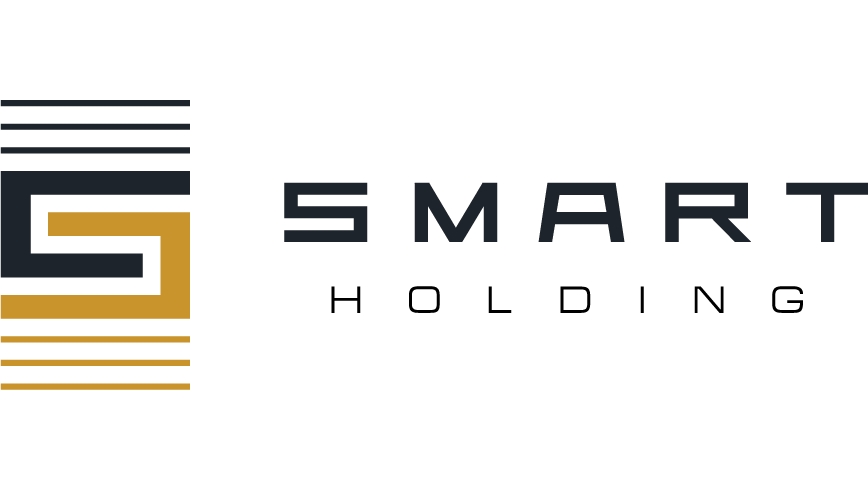
Description
Smart-Holding is one of the largest production and investment groups in Ukraine, comprised of companies that share common strategic goals and business principles. Smart-Holding focuses on the industries that are the key sectors of the country’s economy. Smart-Holding invests in enterprises in such areas as metals and mining, oil and gas, banking, agriculture, retail, shipbuilding and real estate. Smart-Holding also participates in other projects as a portfolio investor.
Smart-Holding’s strategy aims to deliver the effective management of a diversified portfolio of investments, ensuring long term growth in its value. Smart-Holding’s enterprises are continuously looking for new business lines that could become development drivers both for the enterprises and the economy of Ukraine.
